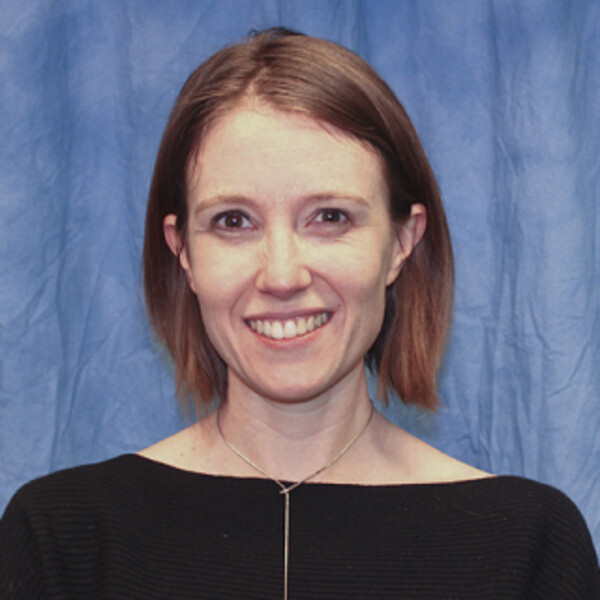Assistant Professor
Elaine Biddiss
Institute of Biomaterials & Biomedical Engineering
MASc, PhD

Location
Bloorview Research Institute - Holland Bloorview Kids Rehabilitation Hospital
Address
150 Kilgour Road , Toronto, Ontario Canada M4G 1R8
Research Interests
Rehabilitation Engineering, Assistive Technology, Wearable Sensors & Actuators, Electronic Textiles, Ubiquitous Technology, User-Centred Design, Context Awareness, Multi-Modal Feedback
Accepting
MSc, PhD, Postdoc
Centre for Leadership:
Applied Innovation
Research Focus:
Dr. Biddiss designs innovative technologies that create possibilities for young people with disabilities to participate more enjoyably and effectively in arts, music, physical activities, and therapies.
Research/Trainee/Volunteer Opportunities:
Opportunities exist for post doctoral fellows, graduate and undergraduate students to join our research team. To learn more, visit the Pearl Lab under 'Work with Us' or email ebiddiss@hollandbloorview.ca
Recent Publications
- Khan A and Biddiss E. Musical stairs: the impact of audio feedback during stair-climbing physical therapies for children. Disabil Rehabil Assist Technol. 2014 Feb 5.
- L Ni, D Fehlings, E Biddiss. Design and evaluation of virtual reality therapy games with dual focus on therapeutic relevance and user experience for children with cerebral palsy. Games For Health. 2014 Feb. In Press (Trainee publication).
- Blain-Moraes S, Chesser S, Kingsnorth S, McKeever P and Biddiss E. Biomusic: a novel technology for revealing the personhood of people with profound multiple disabilities. Augment Altern Commun. 2013 Jun;29(2):159-73. Epub 2013 Mar 14.
- Biddiss E, McPherson A, Shea G and McKeever P. The design and testing of interactive hospital spaces to meet the needs of waiting children. HERD. 2013;6(3):49-68.
- J Howcroft, D Fehlings, V Wright, K Zabjek, J Andrysek, E Biddiss. A Comparison of Solo and Multiplayer Active Videogame Play in Children with Unilateral Cerebral Palsy. Games for Health: Research, Development, and Clinical Applications. 2012 Aug 1;1(4):287-293
